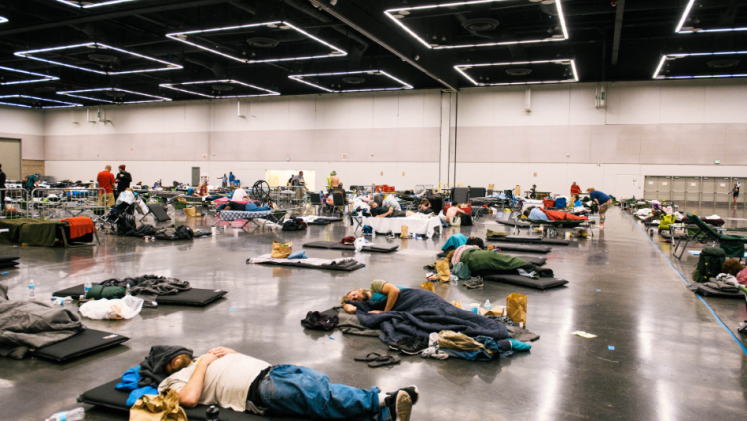In summer 2021, air temperatures in Canada broke records multiple days in a row as a powerful heatwave spread over the Pacific Northwest, registering over 600 heat-related deaths and setting an all-time high-temperature record for the country at 49.6°C (121.3°F).
Heatwaves are invisible killers
As a silent, invisible, chronic and pervasive killer, heatwaves are one of the deadliest hazards in the world and are the leading cause of weather-related deaths in Canada. Attributing deaths to heat is much more complicated than to a flood or an earthquake, as heat may exacerbate existing health issues, and can often occur after the disaster has subsided. This means that heatwave impacts are likely underestimated, and therefore may seem as less of a threat.
The British Columbia heatwave did not affect everyone equally
Heat has different effects on different people. For example, over 90 per cent of people who died were over 60 years old, meaning that the risk was higher for older residents. Additionally, 93 per cent of people who died did not have access to air conditioning and approximately 30 per cent lived in communities that were socially or materially deprived, meaning they lived in neighbourhoods with relatively low socioeconomic status, without sufficient green surrounding areas or further from large bodies of water.
Inexperience with extreme heat, and greenhouse gas emissions were root causes of the British Columbia heatwave
This heatwave was made 2°C warmer and around 150 times more likely due to human-induced climate change. Additionally, heat risks are underestimated in many municipalities in British Columbia and across the globe. Unlike other hazards, no single organization or department coordinates preparation or response to extreme heat events in British Columbia. Therefore, many of the responses to the heatwave were reactive rather than proactive and were thus insufficient, contributing to the unnecessary suffering of the people.
Heatwaves will occur more often if we do not act now
Climate models suggest more intense, frequent, extensive and long-lasting hot spells as the climate changes. Based on the current trend, by 2030, extreme heatwaves will triple in number compared to 2001. In a 1.5°C to 2°C warmer future, as much as 37 per cent of the global population will be exposed to severe heatwaves every five years.
Preparation and innovation are needed to reduce heatwave risk
Heat should be taken seriously as a natural hazard and heat-related impacts can be sufficiently avoided by having well-prepared local governments. Creating an entity responsible for heat governance would allow coordinating activities among the various actors and sectors while consistently managing heat mitigation measures. This must go in hand with investing in appropriate public infrastructure, fostering mutual care and support among inhabitants and enhancing early-warning systems.


